AkudSdac prototype ร้องเพลง
AkudSdac First Singing! - Up to PCM24/192 and DSD64 support.

 AkudSdac ร้องเพลงละ อิอิ พอร้องเพลงได้ เห่อ เอามาอวดก่อน
AkudSdac ร้องเพลงละ อิอิ พอร้องเพลงได้ เห่อ เอามาอวดก่อน 
กลับบ้านมาค่ำๆ ยังฯส่าห์ขยันมาเขียน firmware ใส่ซะหน่อย
จะได้ร้องเพลงซักที
Controller firmware ก็ให้ทำงานได้ก่อนอ่ะนะ ยังต้อง ปรับปรุง fine tune รีดเรียบๆ 555+
ไว้มีเวลาลองเพิ่มเติมก่อน
เพราะงั้นก็เสียงปุ้กปั้กเป๊าะแป๊ะ เวลาเปลี่ยนโหมด/แทรก ก็ทำหูทวนลม ว่าไม่ได้ยินก็แล้วกันนะ
ไว้มีเวลา(อีกแล่ว จะมีไหม) ออกแบบวงจรส่วน filter+output อีกซักหน่อย ซักแบบสองแบบ เล็กๆหน่อย
ตอนนี้ก็เอาแบบนี้เล่นก่อน Output Trafo.
ไว้มาเล่าต่อละกัน
AkudSdac First Singing! - Up to PCM24/192 and DSD64 support.

 AkudSdac ร้องเพลงละ อิอิ พอร้องเพลงได้ เห่อ เอามาอวดก่อน
AkudSdac ร้องเพลงละ อิอิ พอร้องเพลงได้ เห่อ เอามาอวดก่อน 
AkudSdac First Singing! - TEST.
USB DAC (AK4396 + Combo384)
+ Up to PCM 24bit/192KHz and "DSD64" supports.
+ One connection; using only 1 USB cable for both Data and Power: maximized portability, mobility :-)
Note:
This is the first run to test functionality and if it's workable.
It;s work! Btw.
So... There're areas that need to be checked and improved.
The controller firmware still in preliminary stage, just make it wok.
Thus, just ignore those popcorn and cracker (between mode changed and track changed). haha
I'm in the process to Iron Out The Kinks.
And, with that make?shift output circuit (filters and output trafo.s.)
may need to be re-designed. (but it sounds OK, still, right?)
'nuf rants. 8)
USB DAC (AK4396 + Combo384)
+ Up to PCM 24bit/192KHz and "DSD64" supports.
+ One connection; using only 1 USB cable for both Data and Power: maximized portability, mobility :-)
Note:
This is the first run to test functionality and if it's workable.

It;s work! Btw.
So... There're areas that need to be checked and improved.
The controller firmware still in preliminary stage, just make it wok.
Thus, just ignore those popcorn and cracker (between mode changed and track changed). haha

I'm in the process to Iron Out The Kinks.
And, with that make?shift output circuit (filters and output trafo.s.)
may need to be re-designed. (but it sounds OK, still, right?)
'nuf rants. 8)
กลับบ้านมาค่ำๆ ยังฯส่าห์ขยันมาเขียน firmware ใส่ซะหน่อย
จะได้ร้องเพลงซักที
Controller firmware ก็ให้ทำงานได้ก่อนอ่ะนะ ยังต้อง ปรับปรุง fine tune รีดเรียบๆ 555+
ไว้มีเวลาลองเพิ่มเติมก่อน
เพราะงั้นก็เสียงปุ้กปั้กเป๊าะแป๊ะ เวลาเปลี่ยนโหมด/แทรก ก็ทำหูทวนลม ว่าไม่ได้ยินก็แล้วกันนะ

ไว้มีเวลา(อีกแล่ว จะมีไหม) ออกแบบวงจรส่วน filter+output อีกซักหน่อย ซักแบบสองแบบ เล็กๆหน่อย
ตอนนี้ก็เอาแบบนี้เล่นก่อน Output Trafo.
ไว้มาเล่าต่อละกัน







 สงสัยต้องสั่งจากพี่จีนอีกแล่ว พี่แกมีทุกอย่าง ดีม้่งไม่ดีมั่ง (จริงมั่งปลอมมั่ง) แต่ก็มี
สงสัยต้องสั่งจากพี่จีนอีกแล่ว พี่แกมีทุกอย่าง ดีม้่งไม่ดีมั่ง (จริงมั่งปลอมมั่ง) แต่ก็มี
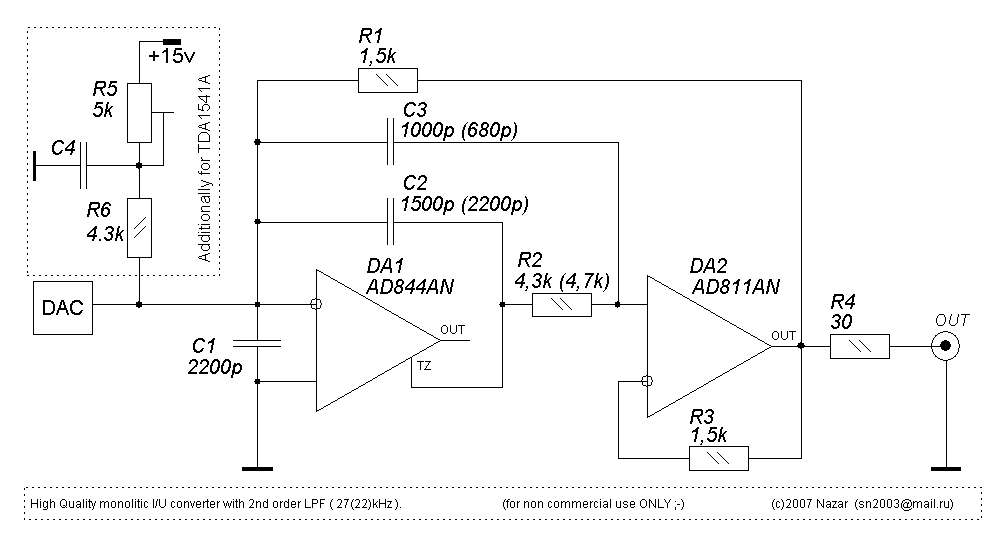


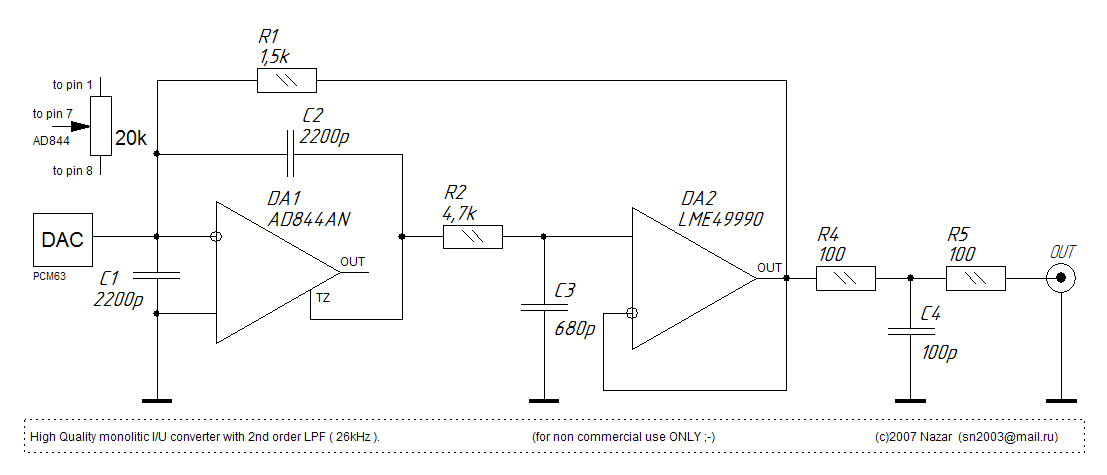

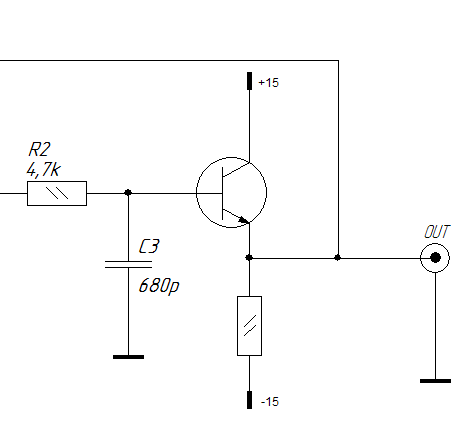
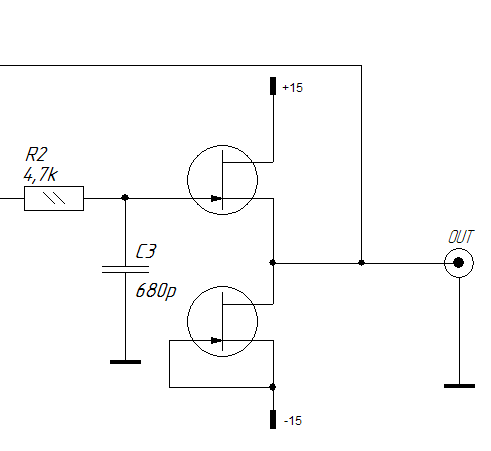

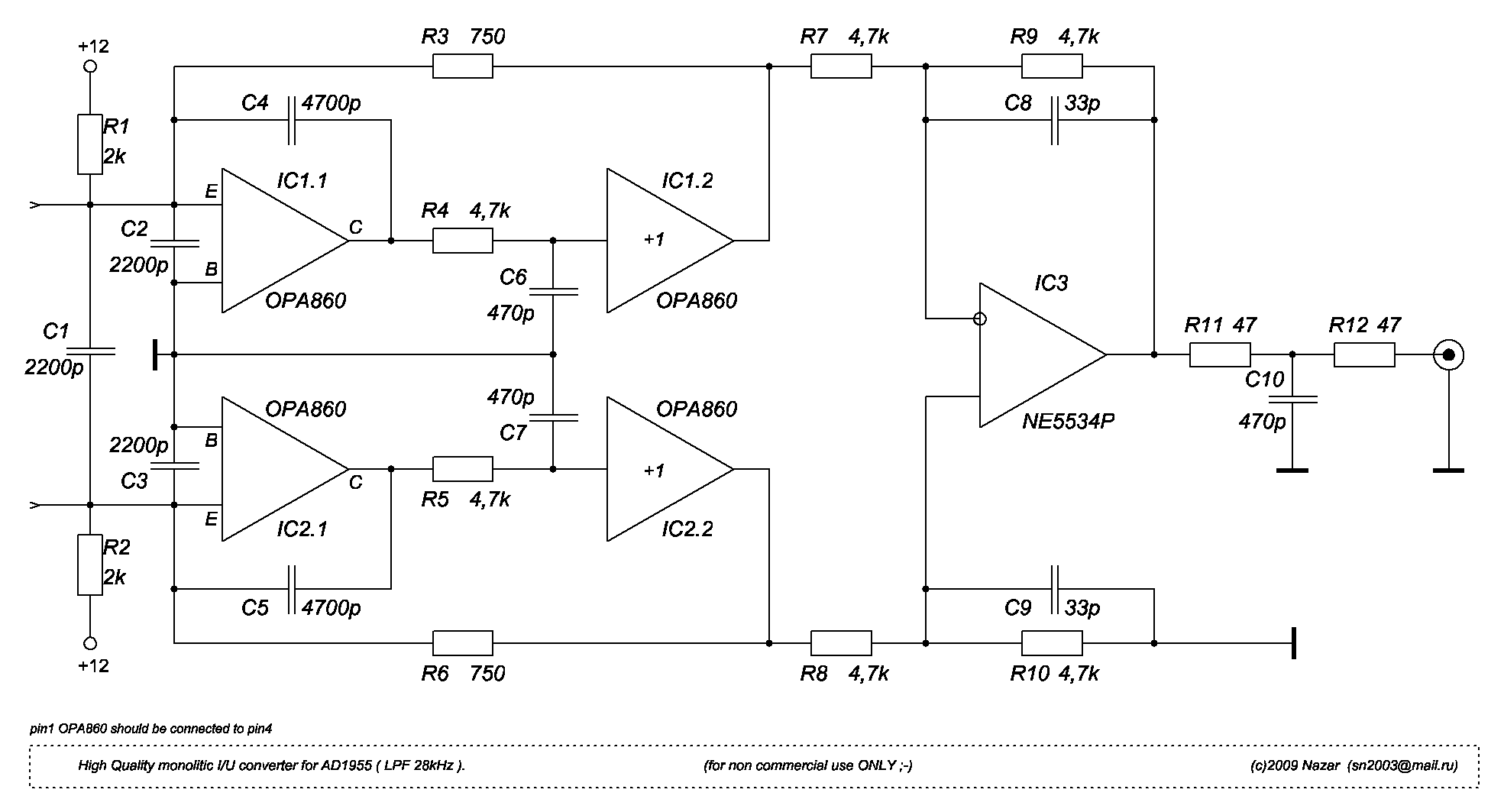
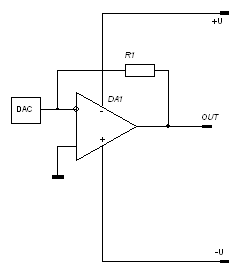
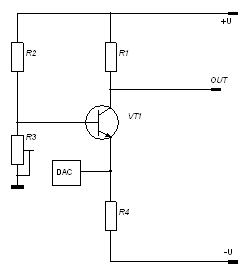






Comment